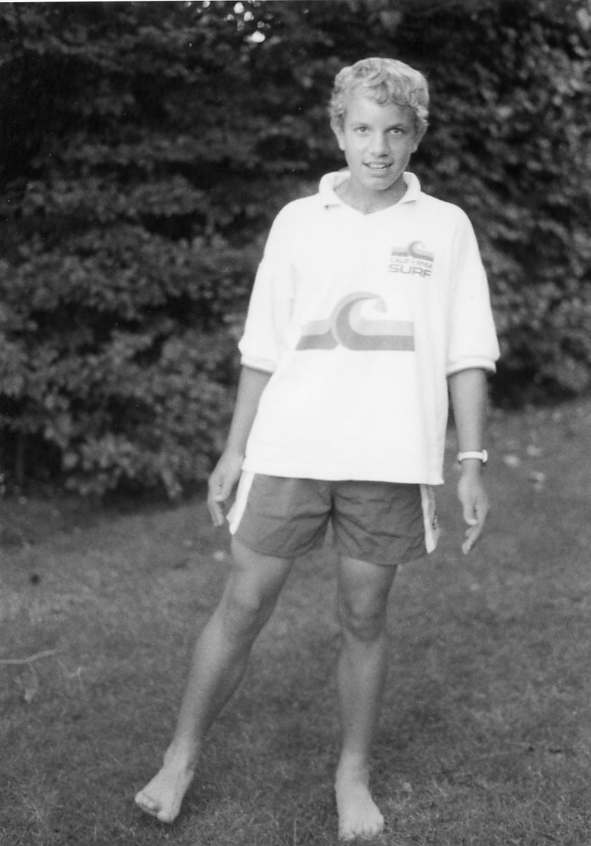The hip abductors (gluteus medius and minimus) work on both sides in this exercise: they act to keep the pelvis level on the standing leg, and work concentrically to raise the leg sideways on the moving leg, paying out eccentrically as the leg is returned to the starting position with control.
This exercise helps prevent weakness and imbalance in the hips and pelvis, which could otherwise lead to injuries in the legs or back.
Position: Stand with your back straight, head up, shoulders relaxed and arms by your sides or resting lightly on a support for balance.
Movements: Lift one leg sideways a little way, keeping your knees straight. Hold for a count of two, then slowly return to the starting position.
Repetitions and frequency: 3-10 times on each side in turn, 1-2 times a day. If it is more difficult on one side than the other, do more repetitions on that side.
Progression: When the exercise is easy on each side, strap a light weight on to the ankle of the moving leg.
Note: Avoid pain. Always stand close to a support in case you over-balance. Do not try to lift the moving leg too far, keep it in the same plane as the trunk, don’t bring it forward. If the movement is easier standing on one leg than the other, do more repetitions on the more difficult side.
After injury: Should be done as soon as the position and movement are comfortable following injuries to the lower back, hip region, thigh, knee or lower leg.

Repetitions and frequency: 3-10 times on each side in turn, 1-2 times a day. If it is more difficult on one side than the other, do more repetitions on that side.
Progression: When the exercise is easy on each side, strap a light weight on to the ankle of the moving leg.
Note: Avoid pain. Always stand close to a support in case you over-balance. Do not try to lift the moving leg too far, keep it in the same plane as the trunk, don’t bring it forward. If the movement is easier standing on one leg than the other, do more repetitions on the more difficult side.
After injury: Should be done as soon as the position and movement are comfortable following injuries to the lower back, hip region, thigh, knee or lower leg.


